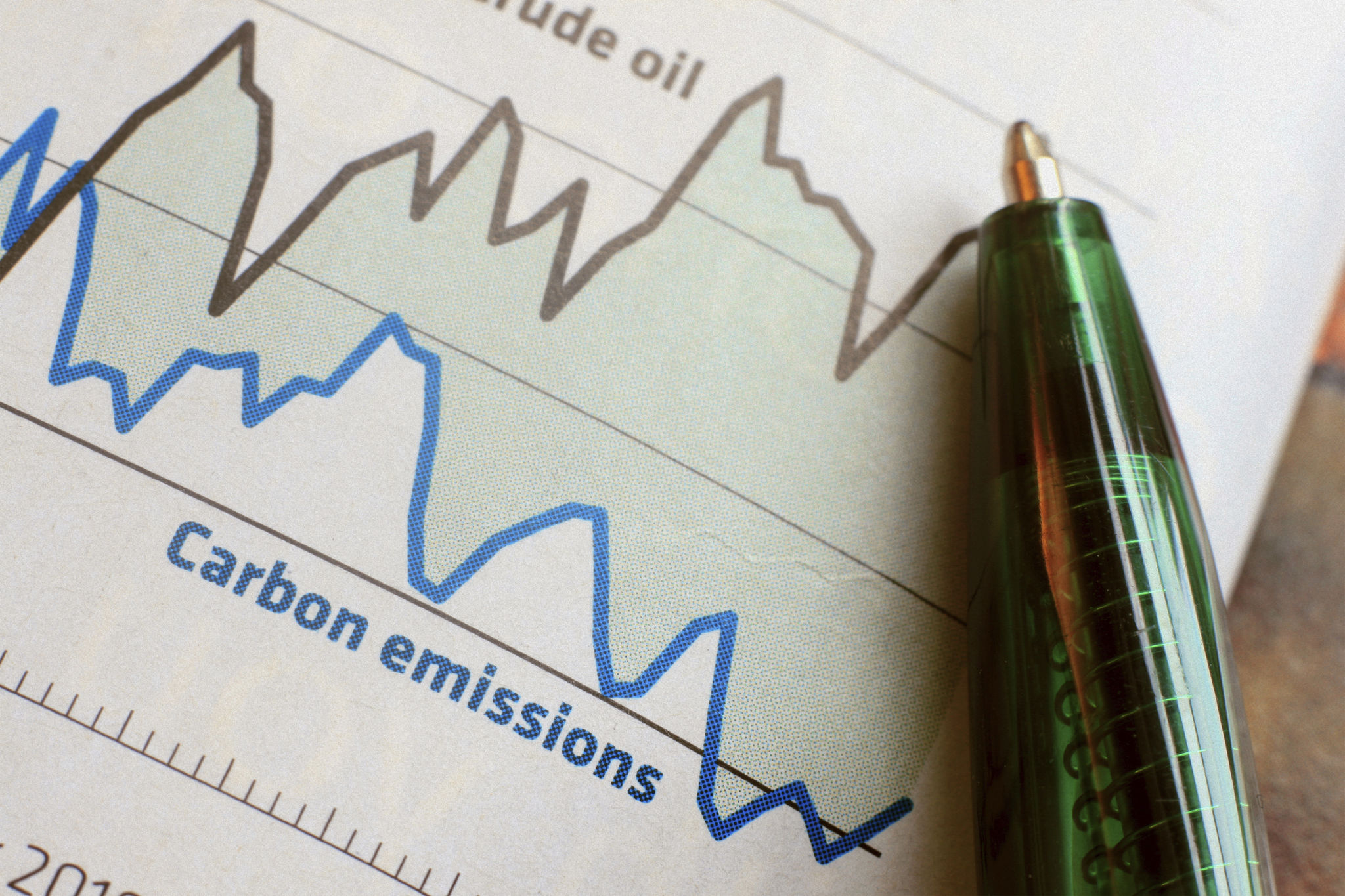Exploring the Role of Strategic Trading in Carbon Financing
Understanding Carbon Financing
Carbon financing is a critical element in the global effort to combat climate change. It involves the creation and trading of carbon credits, which are essentially permits that allow a company or organization to emit a certain amount of carbon dioxide. These credits are part of a broader cap-and-trade system designed to incentivize reduced emissions and promote sustainability.
The main goal of carbon financing is to provide economic incentives for reducing greenhouse gas emissions. By placing a monetary value on emissions, businesses are encouraged to invest in cleaner technologies and practices. This financial mechanism is crucial for transitioning to a more sustainable economy.

The Role of Strategic Trading
Strategic trading plays a pivotal role in carbon financing by enabling stakeholders to optimize their carbon credit portfolios. This involves buying and selling carbon credits in a way that aligns with their environmental goals and financial strategies. Effective trading strategies can lead to significant cost savings and enhanced sustainability outcomes.
Traders must carefully consider market dynamics, regulatory changes, and technological advancements when developing their strategies. By doing so, they can maximize the benefits of their carbon credit investments while contributing positively to global emission reduction efforts.

Key Strategies in Carbon Trading
To navigate the complex world of carbon trading, organizations often employ a range of strategies:
- Hedging: Protecting against future price fluctuations by locking in current prices.
- Arbitrage: Exploiting price differences in different markets to gain profit.
- Diversification: Spreading investments across various carbon credits to reduce risk.
These strategies not only protect investments but also enhance the potential for financial returns while supporting environmental objectives.

Challenges in Strategic Trading
While strategic trading offers numerous opportunities, it also presents several challenges. Market volatility, regulatory uncertainties, and the complexity of carbon credit markets can pose significant hurdles. Traders need to stay informed about global policy changes and emerging technologies to adapt effectively.
Moreover, aligning trading activities with broader corporate sustainability goals requires careful planning and coordination. Organizations must ensure that their trading strategies are not only financially viable but also environmentally responsible.
The Future of Carbon Financing
The future of carbon financing looks promising as more countries and companies commit to reducing emissions. Technological advancements, such as blockchain, are expected to enhance transparency and efficiency in carbon markets, making strategic trading even more effective.
As the demand for sustainable solutions grows, strategic trading will continue to be an essential component of carbon financing. By leveraging innovative strategies and staying ahead of market trends, businesses can play a key role in driving global sustainability efforts.
